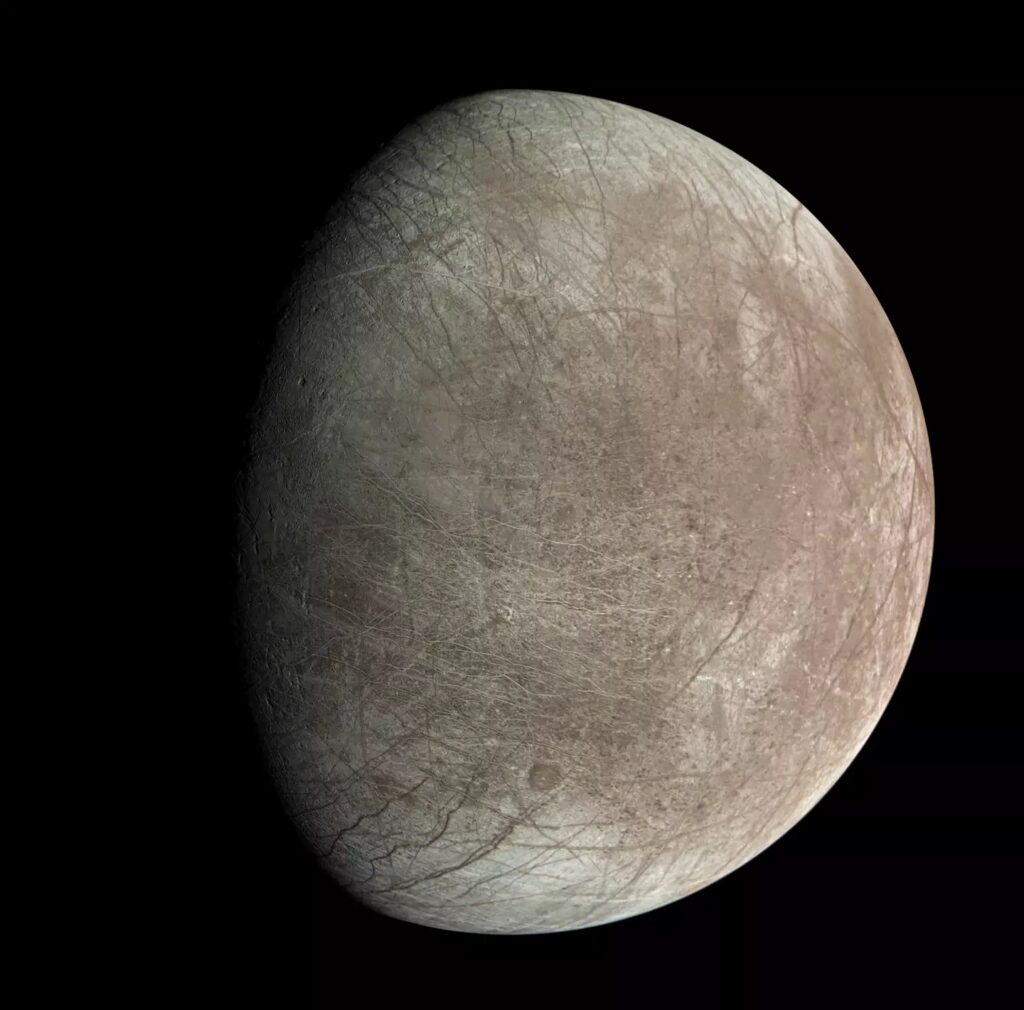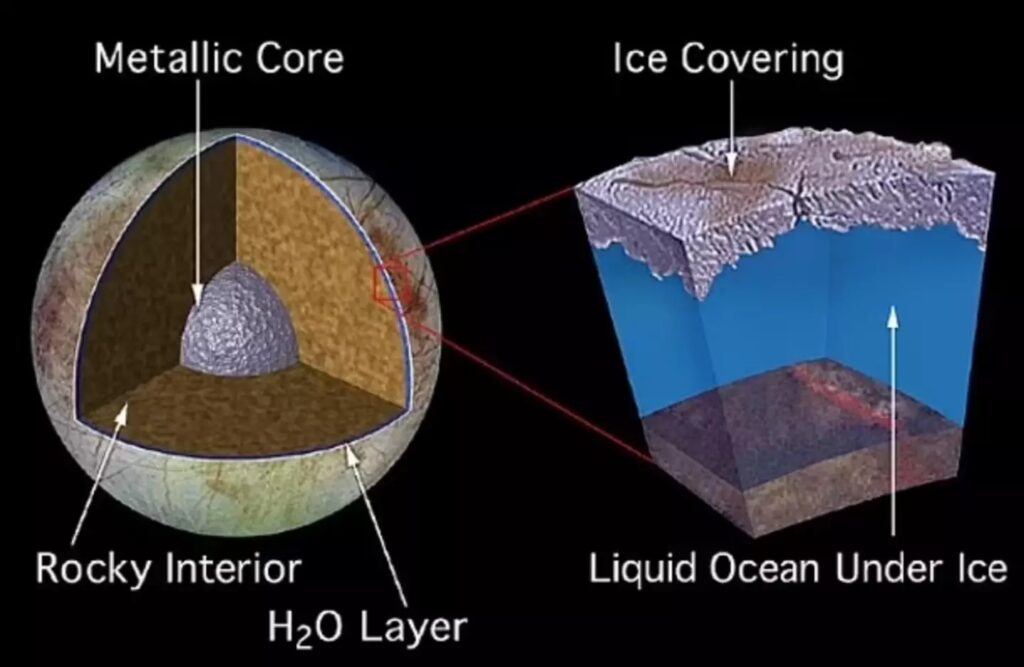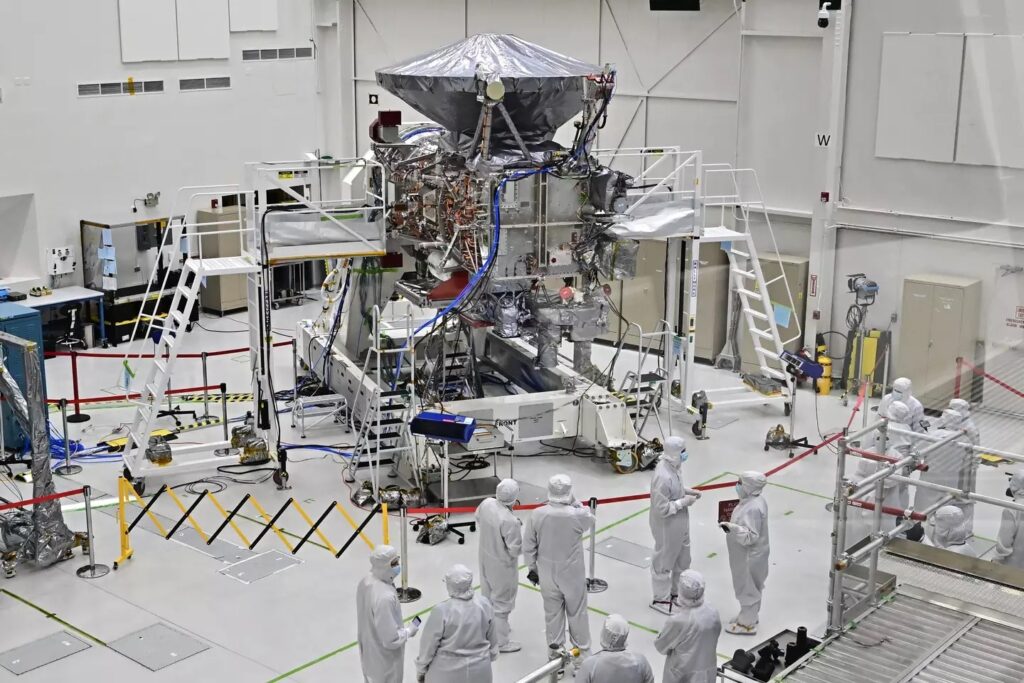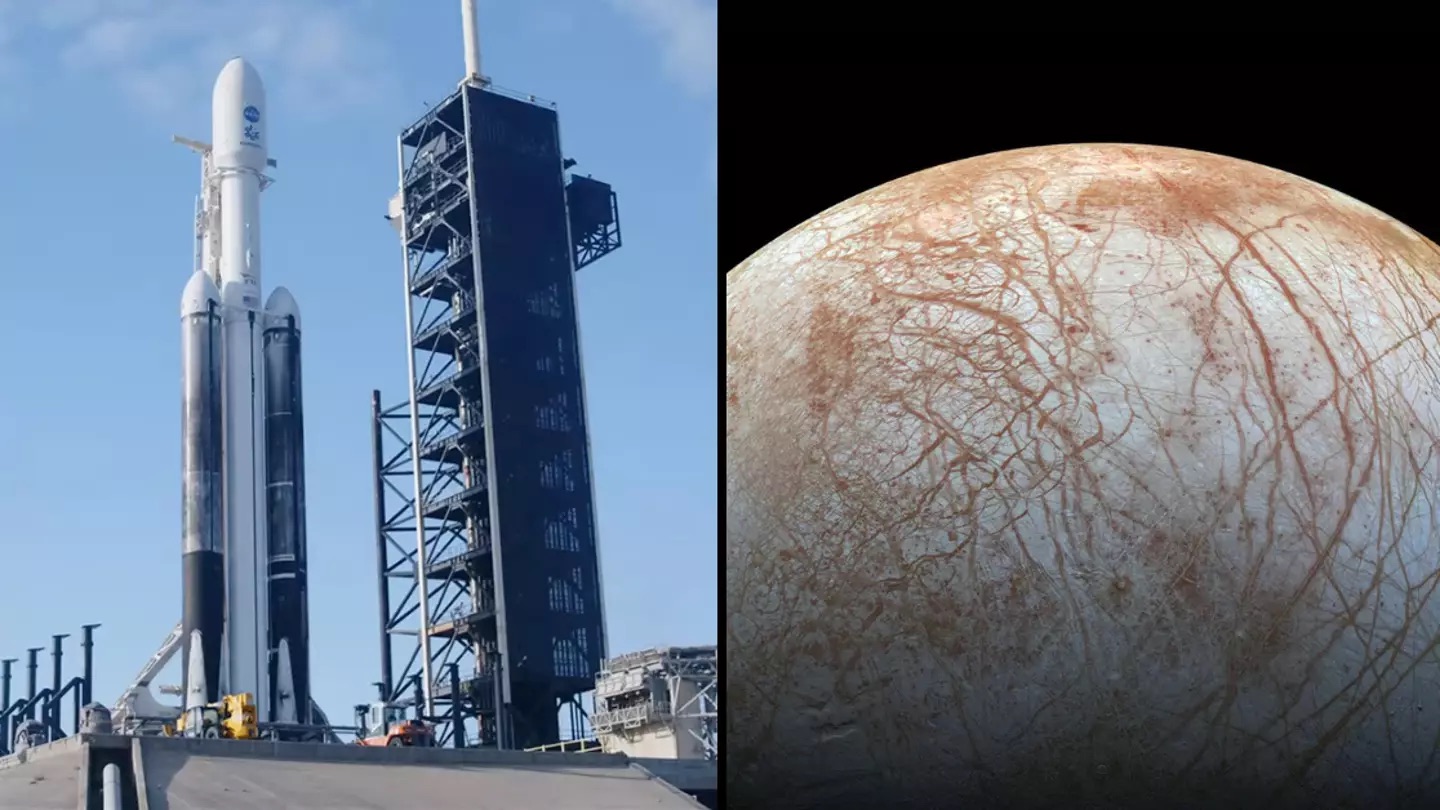NASA is gearing up to launch a £4 billion spacecraft on a mission that could provide a significant opportunity to discover extraterrestrial life near Earth. The American space agency is in the final stages of preparing the $5.2 billion Europa Clipper spacecraft for its upcoming five-and-a-half-year journey through our solar system.
NASA announced that the Clipper will take off today (October 14) from Kennedy Space Center in Florida at exactly 12:06 PM Eastern Time, or 5:06 PM BST for those in the UK.
The launch was postponed due to Hurricane Milton, which caused extensive damage in Florida and left communities mourning the victims of the severe weather.

Once in space, the Europa Clipper will make its way to Jupiter, with hopes that the 1.8 billion-mile journey will provide crucial evidence of signs of life in the universe. The mission will focus on Jupiter’s moon, Europa, rather than the planet itself.
Upon reaching its destination, the Clipper will orbit Jupiter and perform over 40 flybys of Europa. With its extremely cold and icy conditions, Europa is seen as humanity’s best chance to find evidence of life in our solar system and to determine if it has the potential to support life.

Earlier this year, NASA’s Juno spacecraft flew within 220 miles of Europa’s frozen surface, capturing images of steep-walled depressions and egg-shaped pits in the ice, suggesting that a vast ocean may lie beneath Europa’s icy crust.
Scientists believe that Europa has a dynamic icy surface floating above a hidden ocean. Bob Pappalardo, the project scientist for the Europa mission, stated, “One of NASA’s fundamental questions is whether we are alone in the cosmos. Finding conditions suitable for life and actually discovering life on Europa would mean there are two examples of life in our solar system: Earth and Europa, which would greatly enhance our understanding of life’s prevalence in the universe.”
The Europa Clipper is expected to reach the moon in April 2030, where it will analyze icy particles. The mission aims to detect bacteria in the water, similar to sphingopyxis alaskensis, which has been used during the device’s testing phase.

Dr. Bonnie Buratti, the mission’s deputy project scientist at NASA’s Jet Propulsion Laboratory, highlighted that the goal of the mission is not to directly find life but to evaluate whether Europa possesses the “ingredients” necessary to support it.
